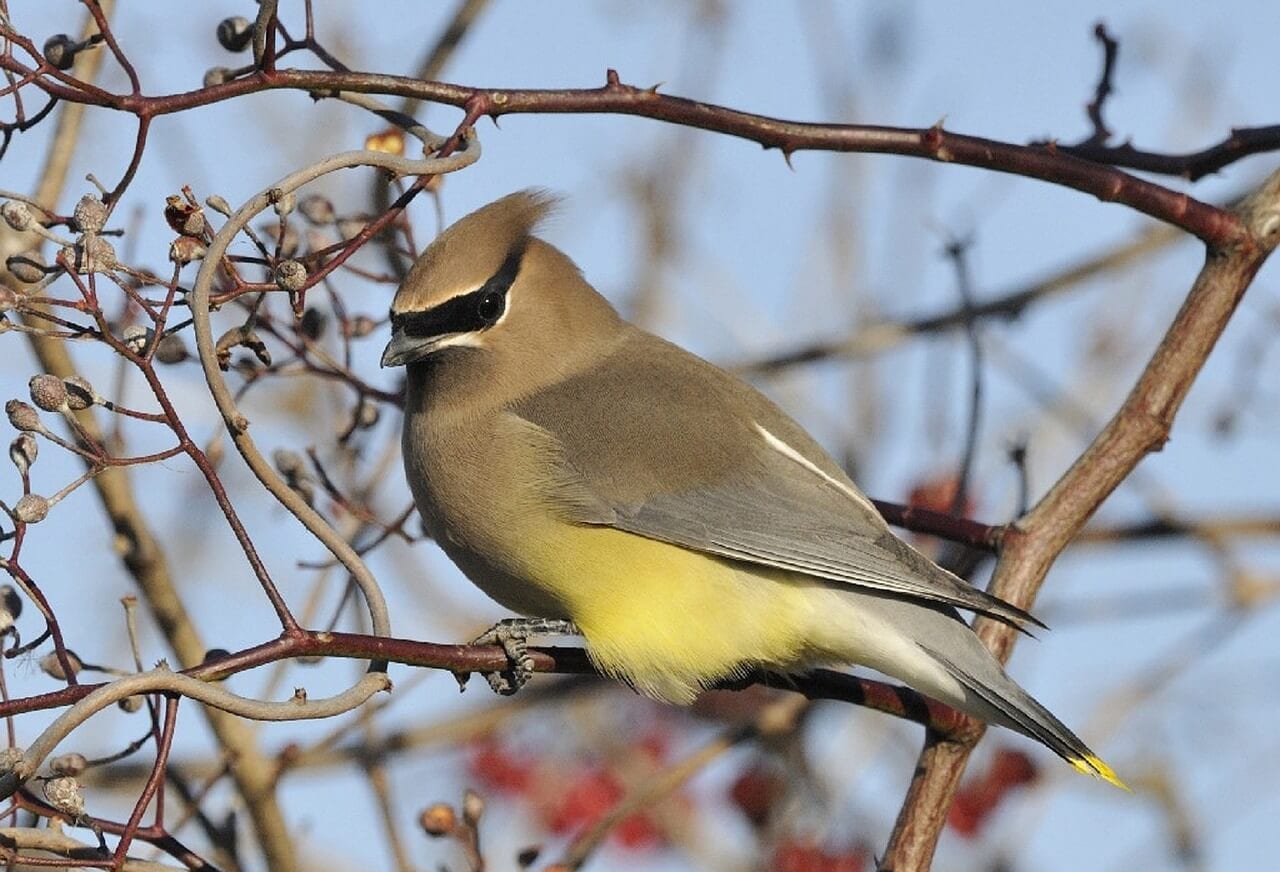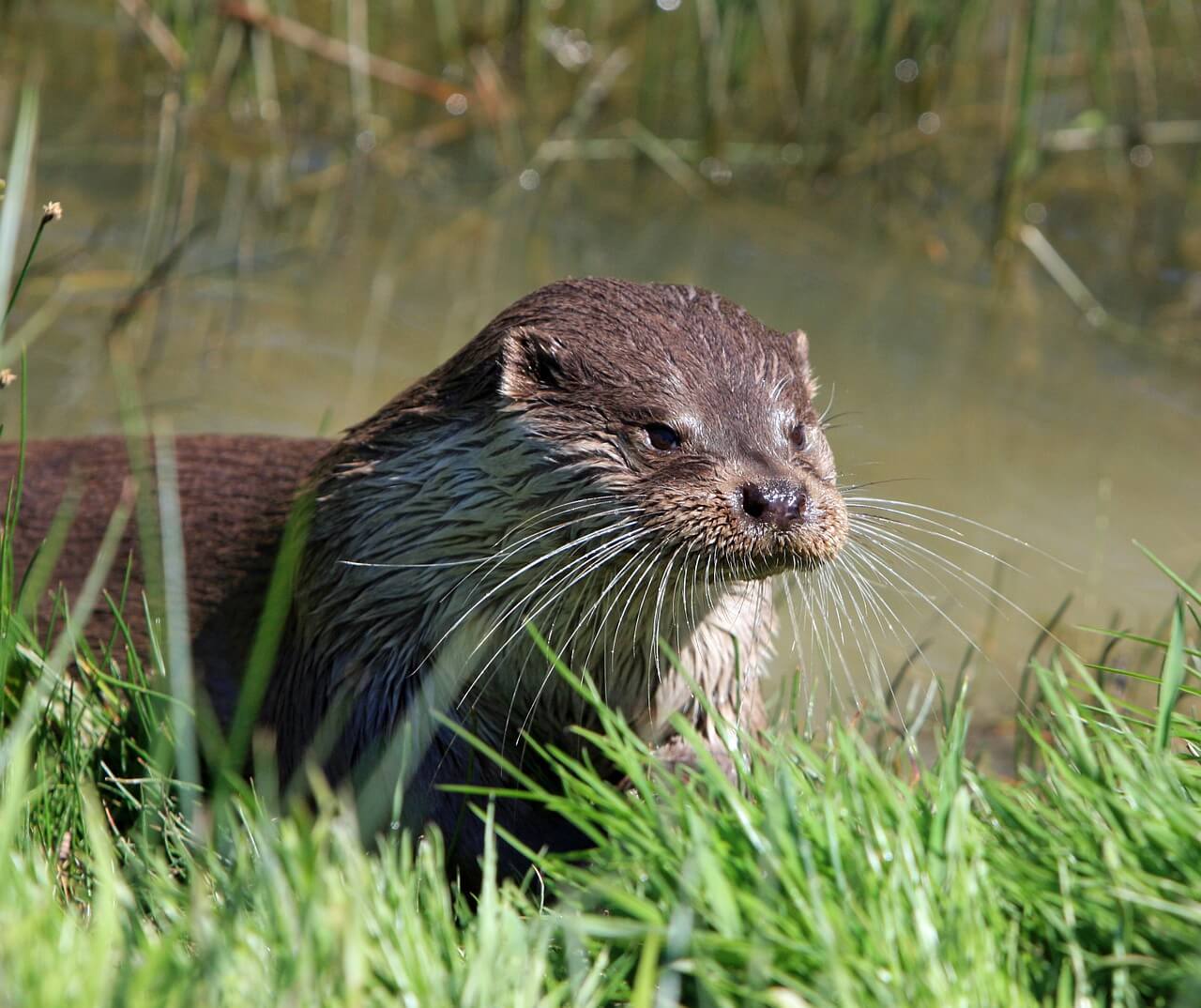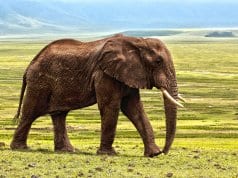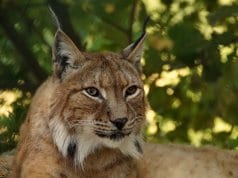Named for the vast ice sheets that helped carve the region during the last ice age, Glacier National Park is one of the largest and most impressive parks in the United States. In fact, Glacier National Park draws more than 2 million visitors each year. However, due to the rugged terrain, most of these visitors only see a small portion of the park – large swaths of the land see very little human traffic.
But those who do reach Glacier National Park have the chance to observe some of the country’s most fascinating wildlife species. We’ll talk about the park’s most notable wildlife below. We’ll also provide a few tips to help you spot them during your visit.
Grizzly Bears and Black Bears
These large predators are some of the most impressive species the park has to offer.
Glacier Park is home to black and grizzly bears. The black bears are far more numerous than grizzlies, and they frequently hang out around roads and structures within the park. Grizzlies are usually a bit more reclusive and sightings are less common.

Nevertheless, they’re often easy to spot in the Spring, as they inspect avalanche zones for animal carcasses. Be sure to check out Mount Cannon and Glacier Wall, both of which see frequent grizzly bear activity.
Amazing Avian Species
Glacier National Park is home to more than 250 different bird species.
Birds are some of the easiest wildlife to enjoy while visiting Glacier National Park. Stellar’s jays, cedar waxwings and woodpeckers are common in the park’s forests, while a variety of waterfowl inhabit the park’s lakes and rivers. Some of the most notable waterfowl found inside the park include the tundra swan and Canadian goose.

Glacier National Park is also home to several large birds of prey. Red-tailed hawks patrol valleys and clear cuts, while golden eagles hunt in the park’s high elevations. Bald eagles and ospreys frequent the park’s lakes and rivers, and you may even see peregrine falcons as they hunt other birds.
Rarely Seen Mammals
Glacier National Park is home to a number of rarely seen and unusual mammal species.
Glacier National Park is one of the best places in the world to see a few unusual mammals. The mountain goat – which also serves as the park’s symbol – is common in the park’s highest elevations, while marmots inhabit the valleys and meadows.

Bighorn sheep also call the park home. These curly horned mammals are sometimes observed clashing with each other during the mating season, as males battle for mates and territory.
Important Predators
In addition to the park’s iconic bears, several other predators inhabit the area.
Bears are certainly the most celebrated predators that live within Glacier National Park, but several other species inhabit the area and help keep the ecosystems balanced. River otters, mink, fishers and marten hunt for fish and other small prey that call the wetlands and lakes home. These animals are often easy to spot (particularly the river otters), and their antics and behaviors are quite entertaining.

Bobcats, coyote and cougar also live within the park. These larger, terrestrial predators primarily hunt rabbits, marmots, ground squirrels and deer. Wolves also live in the area. Unlike the wolves living in some other national parks, those inhabiting Glacier National Park weren’t re-introduced to the area by humans. Instead, they re-colonized the area naturally during the 1980s.
Wildlife Viewing Tips
Wildlife is certainly abundant in Glacier National Park, but you’ll want to employ the following tips to help maximize sightings.
Glacier National Park offers plenty of wildlife-viewing opportunities, but many of the species living in the park are somewhat secretive. Additionally, given the sheer size of the park, they can be difficult to track down. However, by employing the tips listed below, you’ll drastically improve your chances of seeing a number of animals.
- Bring binoculars to maximize your bird-watching opportunities. There are a diverse array of bird species in Glacier National Park, and you’ll want to spend at least one day focusing on them. You can see some birds unaided, but you’ll enjoy many more sightings with the help of some binoculars or a spotting scope.
- Get out early. Many of the park’s animals are easiest to spot early in the morning. They not only become more active as the sun’s rays warm the land, but they also prefer the relative quiet that characterizes the early morning hours. If possible, be in your car and ready to travel before dawn.
- Try to plan your trip during the summer. Not only are most of the park’s animals more active during the warm months of the year, but the cold temperatures and snowfall that occur during the winter will also limit your ability to access many portions of the park.
- Consult all available resources provided by the park to help spot more wildlife. You’ll have the best chance of observing wildlife if you follow the advice of the park staff. Don’t just wander aimlessly. For example, wolves are often very secretive, but you can often see them near Inside Road – especially around dawn and dusk.
- Try to avoid making direct eye contact with animals. Many species become fearful of humans who look them directly in the eye. Instead, try to observe animals with your peripheral vision until they realize you represent no threat. This will allow them to relax, and improve your chances of once-in-a-lifetime sightings.

Glacier National Park is one of the most untouched wilderness areas in the world. More than most other parks, it allows visitors the chance to see an ecosystem that still operates as it did long before humans arrived on the scene. The park’s rugged terrain and remoteness make it challenging to explore. However, the diverse array of wild animals living within its borders make such efforts worthwhile.
Have you ever visited Glacier National Park? We’d love to hear about your experiences. Tell us all about the animals you observed during your visit in the comments below.














![Red Angus Closeup of a beautiful Red Angus cowPhoto by: U.S. Department of Agriculture [pubic domain]https://creativecommons.org/licenses/by/2.0/](https://animals.net/wp-content/uploads/2020/03/Red-Angus-4-100x75.jpg)

